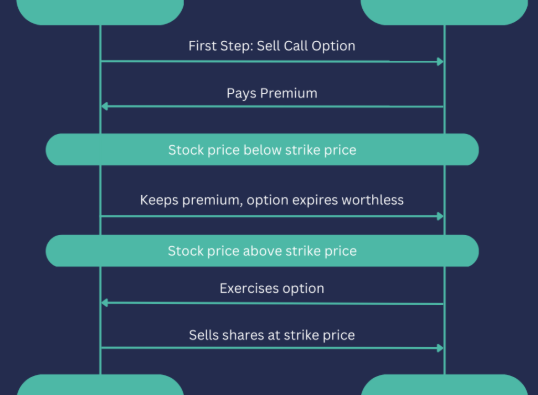
Navigating the stock market can be daunting, especially for newcomers trying to make sense of fluctuating prices and complex trends. One way to simplify this journey is by incorporating moving averages into your trading approach. Whether you’re just starting or looking to refine your strategy, understanding how moving averages work can be a key asset in identifying trends and timing your trades.
What Is a Moving Average?
A moving average is a commonly used tool in technical analysis that smooths out price data over a specific period. Instead of focusing on daily fluctuations, it helps traders see the broader direction of a stock’s movement. This tool calculates the average closing price over a set timeframe—such as 10, 50, or 200 days—and plots it as a line on the price chart. It helps traders assess the overall trend and reduce the impact of short-term volatility.
Why Moving Averages Matter
Moving averages serve multiple functions in trading. First, they filter out market noise, making it easier to spot the trend direction. An upward-sloping average typically points to a bullish trend, while a downward slope indicates a bearish environment. A flat average might signal a period of price consolidation.
Additionally, these lines often act as support or resistance levels. In an uptrend, a stock may bounce off its moving average line, confirming the continuation of the trend. In a downtrend, the moving average can act as a ceiling, preventing prices from moving higher.
It’s important to remember that moving averages don’t predict future movements—they reflect past prices. However, they remain valuable for spotting potential reversals and entry points.
Steps to Use Moving Averages for Buying Stocks
- Choose a Timeframe: Decide on the period you want to analyze. Short-term traders often use 10- or 20-day averages, while long-term investors might opt for 100- or 200-day averages.
- Track Price Movements: Observe how the stock’s price interacts with the moving average. If prices stay consistently above it, the trend may be upward.
- Identify Crossovers: Watch for when the stock price moves above the moving average, often interpreted as a bullish signal.
- Confirm Signals: Don’t rely on a moving average alone. Use other indicators or chart patterns to confirm the trend before making a trade.
Types of Moving Averages
There are two main types of moving averages:
- Simple Moving Average (SMA): Calculates the average price over a set number of periods. It’s straightforward and easy to interpret.
- Exponential Moving Average (EMA): Gives more weight to recent prices, reacting faster to price changes. This can be useful in rapidly changing markets.
Each type has its advantages. Some traders prefer the steadiness of the SMA, while others opt for the sensitivity of the EMA. The best choice depends on market conditions and trading style.
Selecting the Right Timeframe
Choosing the appropriate length for your moving average is crucial. A short-term average, such as 20 days, quickly reflects recent price shifts but may produce more false signals. Longer averages, like 100 or 200 days, respond more slowly but provide a clearer picture of the overarching trend.
Traders often experiment with unconventional timeframes (e.g., 13, 21, or 89 days) to fine-tune their strategy. Backtesting different settings can help identify which timeframes work best for a specific stock or market condition.
Popular Moving Average Strategies
Crossover Strategies are among the most widely used:
- Price Crossover: When the stock price rises above its moving average, it may signal a buying opportunity. A move below might suggest selling.
- Double Moving Average Crossover: This involves using a short-term and a long-term moving average on the same chart. A buy signal occurs when the short-term average crosses above the long-term average—this is called a golden cross. The opposite, where the short-term drops below the long-term, is known as a death cross and is considered a bearish sign.
Limitations of Moving Averages
While helpful, moving averages are not without flaws. Since they’re based on historical data, they lag behind real-time price movements. In fast-moving markets, this can lead to delayed signals.
Choppy or sideways markets can cause multiple false breakouts, making it difficult to rely solely on moving averages. Frequent crossovers during such periods can lead to confusion and losses. Adjusting the timeframe or combining with other indicators may reduce these issues, but no method is foolproof.
Wrapping Up
Moving averages provide a simple yet effective way to understand market trends and identify potential buying opportunities. By smoothing out price data, they offer a clearer perspective on the overall direction of a stock. While no single indicator guarantees success, combining moving averages with broader analysis and sound risk management can improve your decision-making process.
As you integrate moving averages into your strategy, remember that consistency and discipline are just as vital as the tools themselves. Whether you’re day trading or investing for the long haul, moving averages can be a reliable companion in your market journey.









